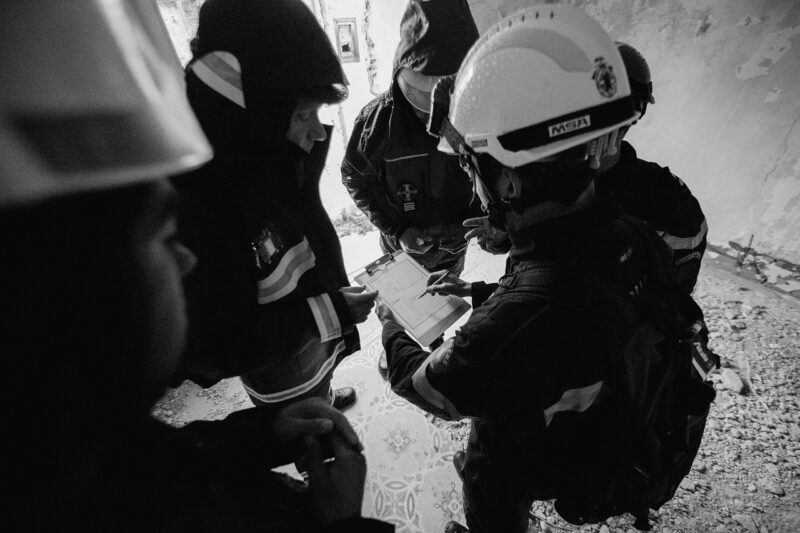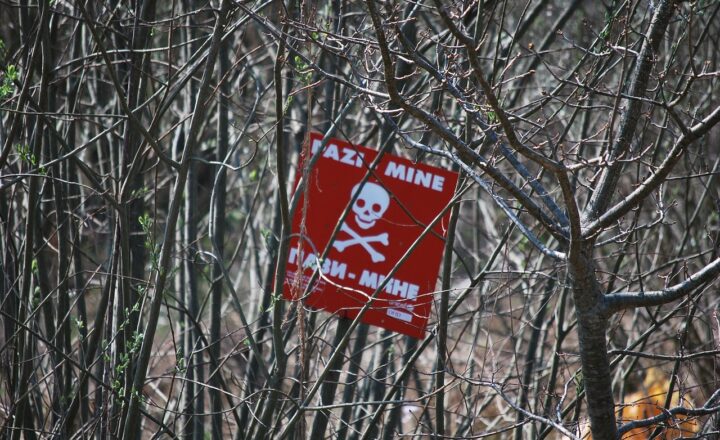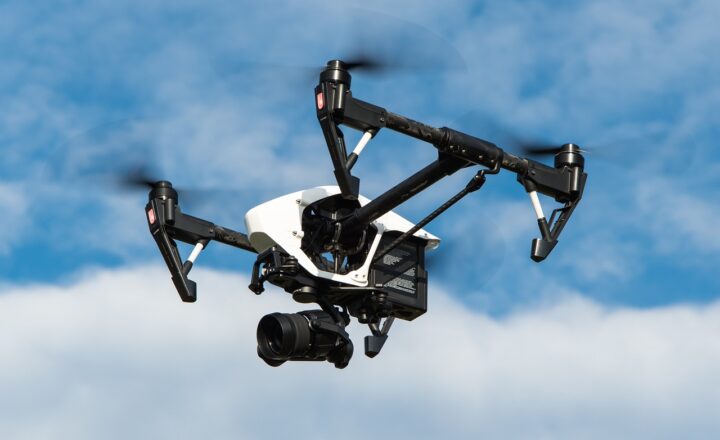The Role of Military Units in International Disaster Relief Efforts
November 13, 2024

Natural disasters can strike at any time, leading to significant loss of life and widespread destruction. In the wake of such events, a prompt and effective response is critical for saving lives and restoring order. Over the years, military units have proven to be invaluable in international disaster relief efforts, bringing unique capabilities and resources to the table. This article delves into the multifaceted role that military forces play in disaster response and highlights the collaborative efforts between military units and humanitarian organizations.
1. Understanding the Need for Military Involvement
In the aftermath of a disaster, various challenges arise that require rapid and organized response. These can include:
- Search and Rescue Operations: Finding and rescuing survivors trapped under debris or in inaccessible areas requires specialized skills and equipment that military units often possess.
- Logistical Support: Military forces have powerful logistics capabilities, enabling them to transport supplies, equipment, and personnel to affected areas quickly and efficiently, even in challenging environments.
- Medical Assistance: Many military units have trained medical personnel and facilities, allowing them to provide critical care and support during emergencies when local healthcare systems are overwhelmed.
- Security and Stability: In the aftermath of disasters, law and order can deteriorate. Military units can help maintain security, prevent looting, and provide a sense of stability for affected communities.
By leveraging their training and resources, military units can fill crucial gaps in disaster response efforts.
2. Key Roles of Military Units in Disaster Relief
Military units contribute to disaster relief efforts through various functions, which are outlined as follows:
2.1 Deployment and Logistics
The military is often one of the first responders to a disaster. Their ability to rapidly deploy personnel and equipment to affected areas is critical. This includes:
- Establishing forward operating bases to coordinate operations and ensure efficient logistics management.
- Utilizing airlift capabilities to transport food, water, medical supplies, and heavy equipment.
- Building temporary shelters for displaced families and emergency responders.
Military logistics teams are trained to operate in austere conditions, allowing them to function effectively even in challenging environments where civilian infrastructure may be damaged.
2.2 Search and Rescue Operations
Time is of the essence when it comes to search and rescue. Military personnel are trained extensively in:
- Urban search and rescue techniques, enabling them to safely navigate and operate in collapsed structures.
- Utilizing specialized equipment, such as drones and sonar, to locate trapped individuals and assess damage.
- Coordination with civilian agencies and NGOs to streamline rescue operations and share valuable intelligence.
Their training and experience in high-stress environments enable military teams to carry out these missions effectively.
2.3 Medical Assistance
With their medical personnel and mobile hospitals, the military can provide critical healthcare services. This is especially vital when local healthcare facilities are non-operational or overwhelmed by demand. Their medical capabilities include:
- Emergency trauma care and field hospitals deployed to provide immediate assistance for the injured.
- Psychological support and counseling services to address the mental health needs of survivors.
- Vaccination and preventive health initiatives to mitigate outbreaks in displaced populations.
With rapid mobilization and specialized medical resources, military units can save countless lives in disaster-affected areas.
3. The Importance of Collaboration
While military units bring substantial resources to disaster response, effective collaboration with civilian agencies, non-governmental organizations (NGOs), and local authorities is essential. Key aspects of collaboration include:
3.1 Coordinated Planning and Communication
Having a unified plan is critical for maximizing resources and avoiding duplication of efforts. Clear communication channels must be established between military units and local authorities to ensure:
– The military can provide support where it is urgently needed.
– Local knowledge is utilized to better understand community needs and cultural sensitivities.
3.2 Training and Exercises
Conducting joint disaster response training exercises helps build trust and understanding among organizations. Military units can benefit from:
– Learning how civilian agencies operate and the challenges they face.
– Facilitating interoperability between different response agencies.
By engaging in regular training programs and simulations, military units can enhance their effectiveness in disaster response.
3.3 Capacity Building
Military involvement in disaster relief efforts can also lead to capacity-building opportunities for local agencies and communities. This includes:
– Knowledge transfer on logistics, communication, and medical support.
– Infrastructure improvements that enhance local disaster response capabilities.
Empowering local groups to build their capacity ensures they are prepared to respond effectively to future disasters.
4. Challenges Faced by Military Units in Disaster Relief
Despite their capabilities, military units face several challenges in disaster relief efforts:
4.1 Jurisdictional Hurdles
The involvement of military units may introduce complexities regarding jurisdiction and authority. This can lead to confusion over command and decision-making during crises. Clear guidelines and memorandums of understanding are essential to mitigate such obstacles.
4.2 Cultural Sensitivity
Military personnel must be trained to understand local customs, languages, and traditions to maintain trust and facilitate cooperation within affected communities. Respecting local sensitivities fosters better relationships:
– Engage with local leaders and authorities to build rapport.
– Train military personnel on cultural competencies relevant to the disaster-affected areas.
4.3 Resource Limitations
Military units might also face resource allocation challenges or limitations based on their current commitments.
Continual evaluation of their logistical capabilities ensures they can respond rapidly to multiple disasters, especially in a global context where multiple events can occur simultaneously.
5. The Future of Military Involvement in Disaster Relief
As climate change continues to increase the frequency and intensity of natural disasters, it is crucial for military units to adapt and prepare for these challenges. This includes:
5.1 Enhanced Training Programs
Military organizations should focus on specialized training that encompasses not only logistical and medical support but also cultural awareness and community engagement strategies.
5.2 Technological Integration
Leveraging technology such as drones for reconnaissance, data collection, and delivery of supplies can enhance the effectiveness of military response efforts in disaster scenarios.
5.3 Policy Development and Frameworks
Developing clear policies and frameworks for military involvement in disaster relief can streamline coordination and enhance the integration of military capabilities with civilian response efforts.
Conclusion
Military units have an essential role in international disaster relief efforts. Their unique capabilities in logistics, search and rescue, medical assistance, and security make them an indispensable asset during crises. While challenges remain, effective collaboration with civilian agencies and capacity-building initiatives will ensure military forces are prepared to meet the demands of future disasters. As we face an era of increasingly unpredictable natural disasters, harnessing the strengths of military units can significantly enhance the effectiveness and timeliness of disaster response efforts worldwide.







